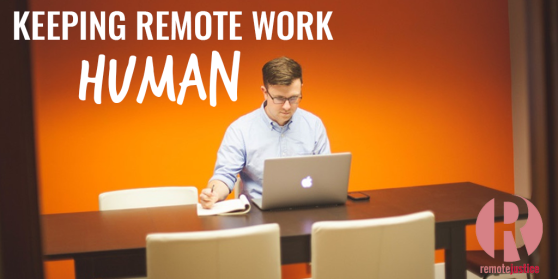Inspiring work on behalf of social justice takes place all over the world. But if one is getting paid to do social justice work, the default setting for this inspiring work is an office.
Remote Justice is the brainchild of Provide and originated as an internal resource that we created to share the lessons we’ve learned from one another and from others working remotely for social justice. We realized that these resources could be helpful to others and decided to make what we’ve learned available through this blog, so that the information was available not only to us, but also to friends, colleagues, and anyone else who is interested.
On this page, you can find resources, articles, and books about remote work, with an eye towards supporting the worker, the manager, and the organization. Have a resource to add? Want to ask a question? Be in touch.
Read more about why we care about remote work here.











